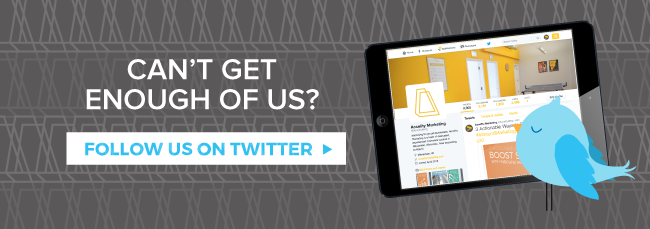3 Easy Ways To Stop MultiTasking

I used to be a proud multitasker. Okay, in the spirit of full disclosure, I'll admit: I still do it sometimes. Multitasking was once the preferred way to work, and those who were good at it wore it like a badge of honor on their sleeves. Then, we found out that multitasking is actually a terrible practice; it hurts your ability to concentrate, makes you less productive, prompts hasty decision making and a whole slew of other undesirable results. Actually, the Journal of Experimental Psychology discovered that productivity goes down by an average of 40% when we try to focus on more than one thing at a time. Yikes!
If you're still multitasking, there are a few changes that you can make each day to stop multitasking, be more productive and improve your concentration. Here's what's works for me:
Make small process tweaks.
This simplifying step involves changing some habits to reduce distraction. Stave off the temptation to stray from your task by cleaning your desk. Organize your thoughts on a to do list and work on one item at a time. This step is especially important because starting and stopping the same activity throughout your day makes it take for-ev-er (yes, this link IS what you think it is). And, studies show there is a 40% loss in productivity when task switching.
Another suggestion is to rethink the way you use your online tools. If you're like me, you come across a wealth of interesting content every day that you'd like to read at a later point in time. These are articles that discuss new trends in content marketing, blogs I'd like to share on social media and so on. I've found that simply moving these articles to a different browser or emailing them to myself in a list helps me feel less stressed while I work online. Then, I'm not constantly glancing at each tab wondering what else I have to do. Or, better yet, throw the articles into an RSS feed like feedly.
Batch your daily tasks.
Think of batching as the nicer, more easygoing cousin of multitasking. Whereas while multitasking you're psychically doing two things at once, batching allows you to address those activities back to back, often in the same amount of time or even less. Essentially, batching involves blocking off time to complete a single task. Or, you can also group tasks that require the same resources to be completed—whatever makes the most sense to you.
Batching might sound like a big swing from where you're at now, but fear not - there are tools to help. Check out this simple tomato timer, used to dedicate 25 minutes of time to a single task. The timer has a built in break for you to regroup, check your texts, tweets or whatever you missed during that time. Then after the break, get back to it. It won't be long until you see the difference: those who practice the pomodoro method report increased capacity and reduced stress.
Final note on batching: to be most successful, batch everything. Even the things that might seem silly to batch. Dedicate a time to answer your phone, respond to emails, work on a project, eat lunch—batch as much as is reasonable for you. Reducing these distractions is the key to transitioning your reactive multitasking days to proactive batching days.
Automate everything.
One of the biggest obstacles I encountered during this transition was social media. The whole point of it is to be plugged in all the time, right? Well, I found that there is a delicate balance between always and never there. Use a tool like Buffer, which is intuitive and free (up to a point), to plan your social posts. Don't plan too far out—your audience will start to notice stale content. Pair this automation with a daily session where you check out all of your interactions and respond. If your business gets a lot of interaction,don't flood the platform—time out your responses as well.
I'm sure you're wondering where else this automation rule applies, and this is really up to you. Consider these ideas: lead generation and other marketing emails, article and blog posting to your website, and file sharing (I use Dropbox).
By following these steps, I've become a more focused, more productive marketer. Do you have any other strategies to share? I'd love to hear them—please leave a comment below.


